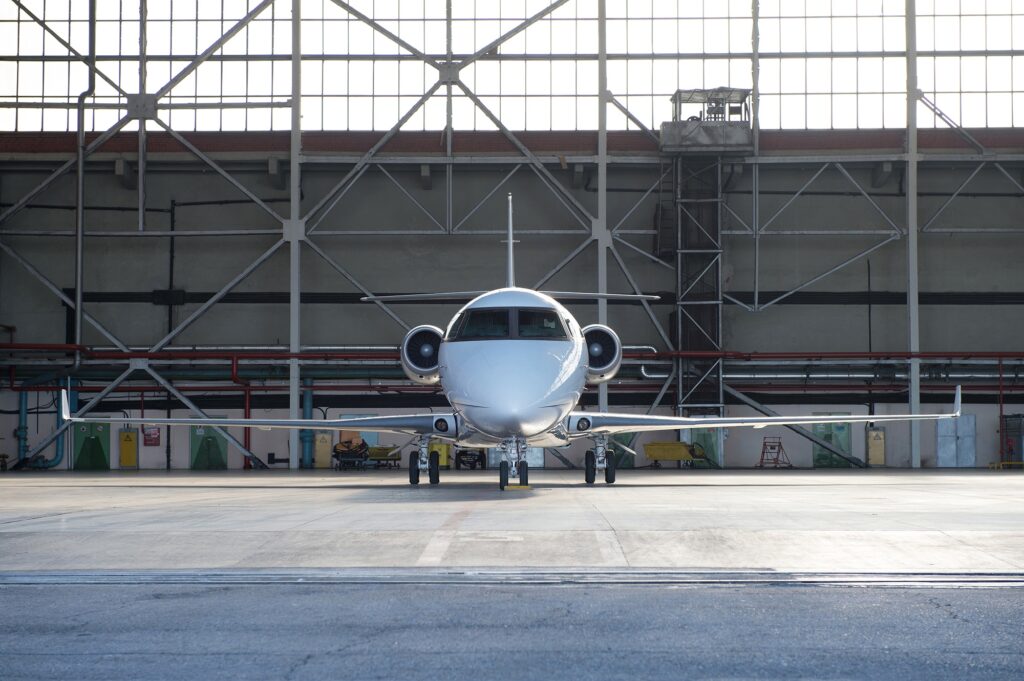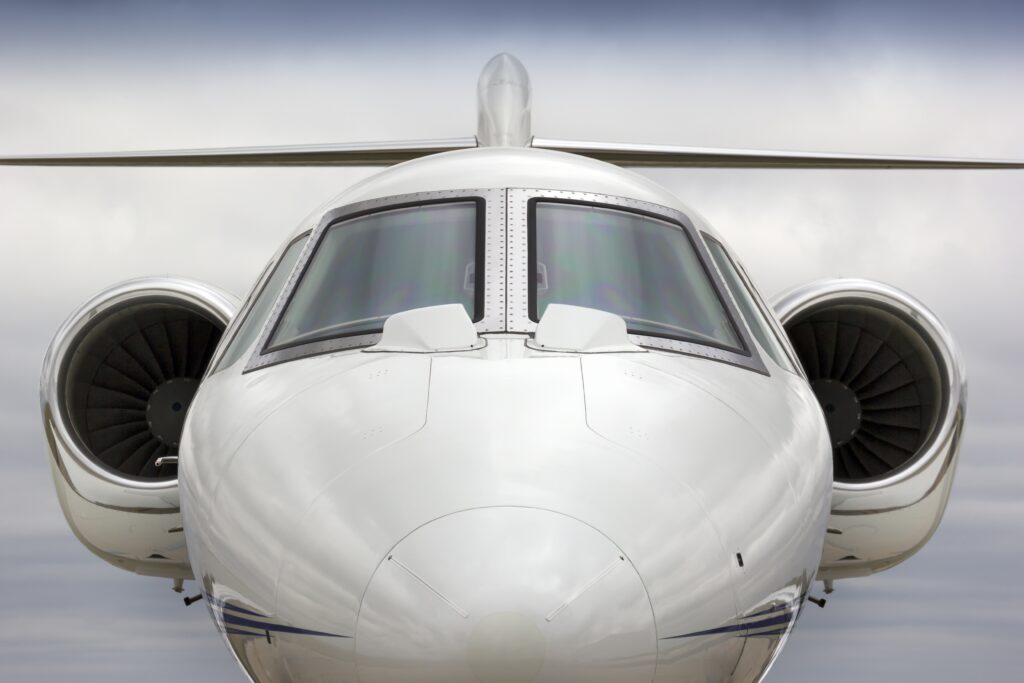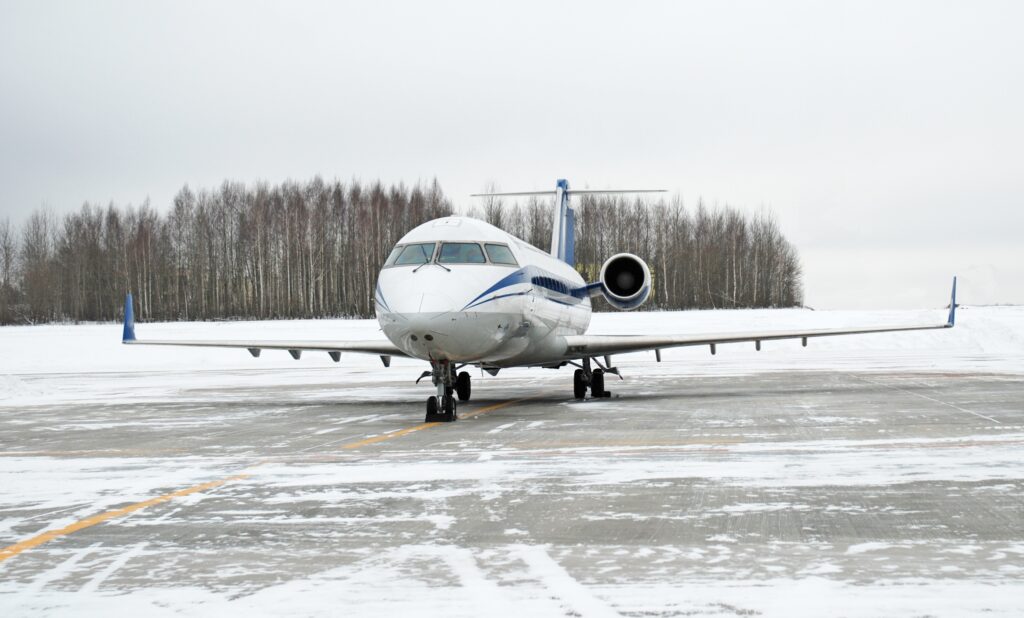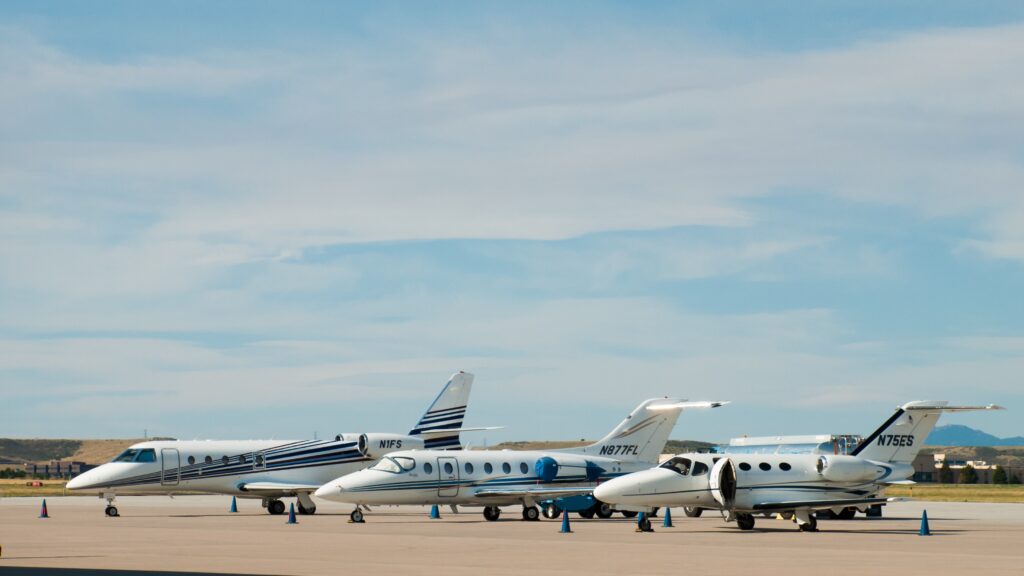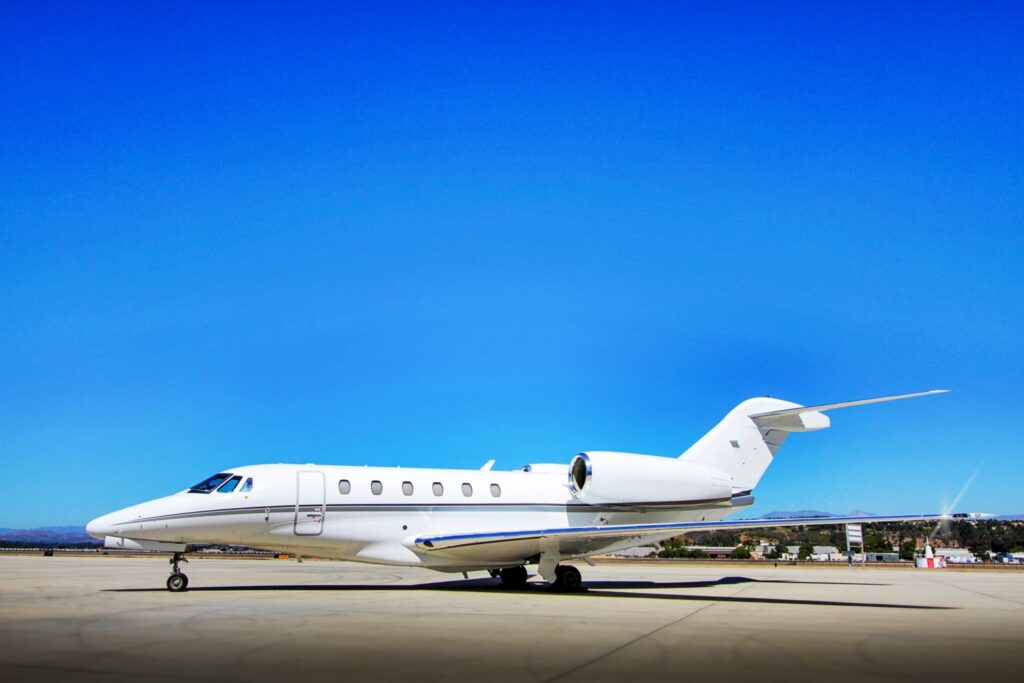When buying a private aircraft, it can be easy to focus on the purchase price, when in reality, that should only be a fraction of your concern. In addition to your aircraft’s purchase price, direct operation costs and maintenance expenses will be a major financial commitment. Here are some things you’ll have to spend some money on.
Engine Overhauls / Engine Programs
The engines on an aircraft are typically the single most expensive component to maintain. An engine overhaul is defined by the FAA as the complete disassembly of an engine, inspection, repairs as necessary, reassembly, testing, and approval for return to service within the limits specified by the manufacturer’s overhaul data. The time between engine overhauls, or “TBO” varies from plane to plane, but is typically between 3,000 and 7,500 hours. The amount of time since an aircraft’s last major overhaul, or “TSOH” can have a major effect on its value. As an overhaul can cost up to a million USD per engine for the Rolls Royce engines on a plane like a Gulfstream, it’s important to know how long you’ll be able to fly an aircraft before having to perform this maintenance. You may find a low-priced aircraft, only to be surprised by a couple-million-dollar engine overhaul bill. You’ll find that the majority of private aircraft are on some type of engine maintenance program, which requires you to pay as you fly, effectively allowing you to budget for major maintenance on a usage basis.
Major Periodic Inspections
Depending on the make and model of your aircraft, the manufacturer recommends periodic inspections that are based on calendar time, flight hours or aircraft cycles. Inspections can be extremely minor—such as battery or fire extinguisher tests—or invasive and expensive inspections of airframe stress and corrosion. For example, a 48-month inspection on a Hawker can cost a couple hundred thousand dollars. Just like engine overhauls, the time since the aircraft last had a major periodic inspection, or an MPI, can affect its value during a sale. Inspections generally are performed for a set fee, but discrepancies can cost as much or more than the inspection price. Recent or upcoming major inspections can positively or negatively affect the value of the asset in a resale situation—and sometimes can be included in the pre-purchase inspection.
Avionics Upgrades
On newer aircraft, an avionics upgrade to keep your system up to FAA standards can be as simple as a software download. Older avionics systems, however, require more expensive and more time-consuming software and/or hardware upgrades. Something aircraft owners and operators should make note of is the FAA’s ADS-B Out requirements. By 2020, all aircraft operating in airspace that requires a Mode C transponder will also be required to have ADS-B Out capabilities. The following areas currently require a Mode C transponder:
- Operations within Class A, Class B, and Class C airspace.
- Operations within 30 nautical miles of the primary airport within Class B airspace from the surface to 10,000 feet msl (see airports listed below).
- Operations above the ceiling and within the lateral boundaries of Class B and C airspace.
- Operations above 10,000 feet msl in the contiguous 48 states, excluding the airspace at and below 2,500 feet agl.
- The AIM states in Section 4-1-19(a)(3) that for airborne operations in Class G airspace, the transponder should be operating unless otherwise requested by ATC.
ADS-B Out transmits information about altitude, airspeed, and location derived through GPS from an equipped aircraft to ground stations and to other equipped aircraft in the vicinity. According to Flying Magazine, the easiest way to achieve this requirement right now is to pair a TSO-C145/C146 WAAS GPS (like a Garmin GNS 430W) with an ADS-B-approved transmitter like the FreeFlight Rangr, but we’re sure there will be more options as the deadline approaches.
Cosmetic Maintenance
Though not as important as engine overhauls, MPIs and avionics upgrades, cosmetic maintenance can be another huge cost during aircraft ownership. In fact, just stripping and repainting a larger aircraft may cost $150,000 or more. Refurbishing the interior could be another $250,000, depending on materials. For many aircraft owners, impressive ramp presence can be a major selling point. A new, clean paint job and refurbished interior can significantly increase the value of your aircraft.
The bottom line is that purchase price is just the tip of the iceberg when it comes to aircraft ownership costs. Most of today’s aircraft are manufactured and engineered with that in mind, working to minimize hourly operational costs and increase efficiency. You might find an older aircraft that seems like a fantastic deal, only to find out that its avionics system isn’t up to FAA standards, its engines will need an overhaul in the near future, and its interior is falling apart.
What’s your experience with aircraft maintenance costs? Let us know in the comments section.

